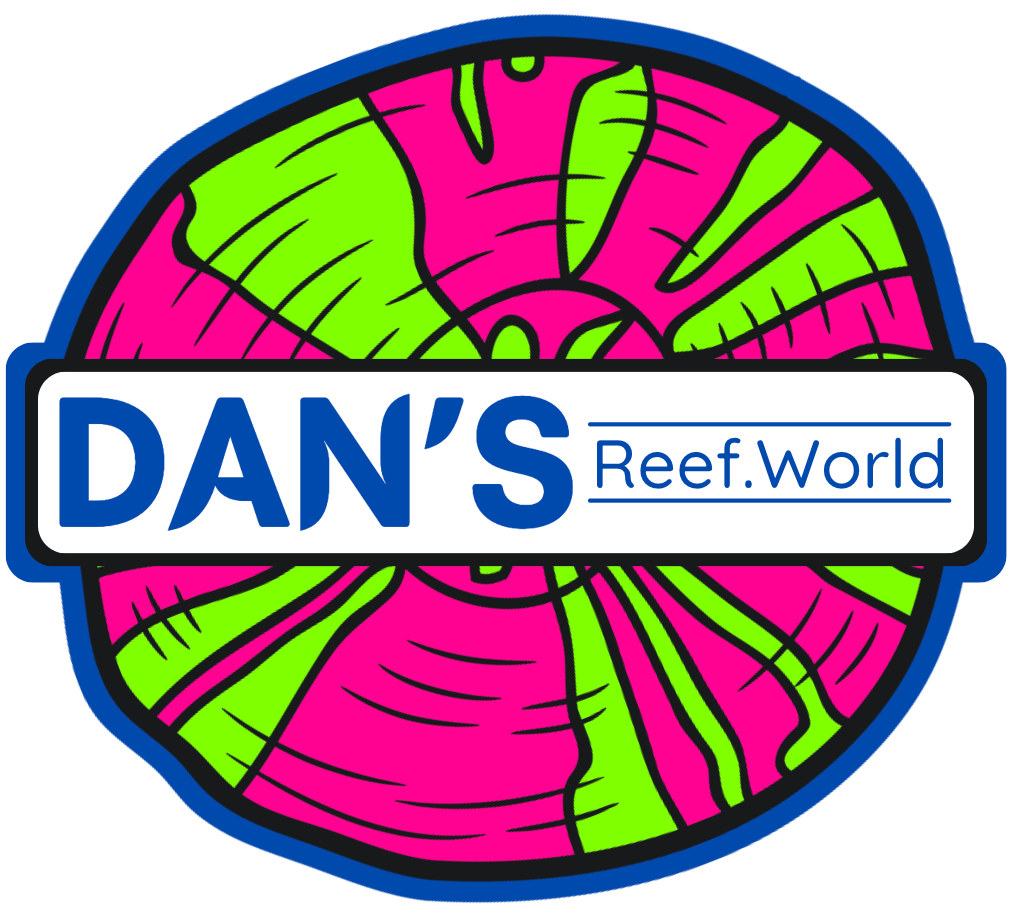Intro - Family Euphyllidae
Coral reefs are among the most biodiverse ecosystems on our planet, playing a crucial role in marine health and supporting countless species. Within these vibrant underwater landscapes, the Euphyllidae family of corals stands out for its unique forms, stunning colors, and ecological significance. In this blog post, we’ll explore the defining features of Euphyllidae corals, their roles in reef ecosystems, and the challenges they face in a changing environment.Euphyllidae is a family of stony corals, commonly known as “skeleton-forming” corals, which includes some of the most recognizable and beautiful species found in coral reefs.
-
This family encompasses various genera, such as Euphyllia(including popular species like torch and frogspawn corals) and Heliofungia. Euphyllidae corals are characterized by their large, fleshy polyps and intricate skeletal structures, often creating stunning displays of color and texture.Euphyllidae corals are known for their impressive polyps, which can be quite large and extend dramatically, particularly at night when they feed. Their vibrant colors—ranging from electric greens and yellows to deep purples—are a result of their symbiotic relationship with zooxanthellae. These tiny algae live within the coral tissues and provide essential nutrients through photosynthesis, while the corals offer them a protected environment.
-
One of the most remarkable features of Euphyllidae corals is their ability to form intricate, branching structures or large plates, which can create stunning visual displays in the reef environment. Their unique morphology not only enhances their aesthetic appeal but also provides habitats for a variety of marine life.Euphyllidae corals play several critical roles within reef ecosystems. As major reef builders, they contribute to the structural complexity of coral reefs, creating diverse habitats that support a wide array of marine organisms. Their branching forms provide shelter for small fish, invertebrates, and other marine life, promoting biodiversity.These corals also serve as important indicators of reef health. Their presence and condition can reflect the overall state of the reef environment, making them vital for ecological monitoring and conservation efforts.
-
Despite their beauty and ecological significance, Euphyllidae corals face numerous threats. Climate change is the most pressing issue, with rising sea temperatures leading to coral bleaching—a phenomenon where corals expel their symbiotic algae, causing them to lose color and vital nutrients. This stress can severely weaken corals, making them more susceptible to disease and mortality.Additionally, ocean acidification, resulting from increased carbon dioxide in the atmosphere, hinders the corals’ ability to produce calcium carbonate structures. Pollution from coastal development, agricultural runoff, and plastic waste further jeopardizes their health, while destructive fishing practices disrupt reef ecosystems.
-
Addressing the challenges faced by Euphyllidae corals requires comprehensive conservation strategies. Marine protected areas (MPAs) play a vital role in safeguarding these corals and their habitats from human impact. Restoration initiatives, such as coral gardening and transplantation, are being implemented to help revive damaged reefs and support the growth of healthy coral populations.Public awareness and education are crucial in fostering a culture of conservation. By informing communities about the importance of coral reefs and the threats they face, we can encourage sustainable practices and responsible coastal development. Supporting marine conservation organizations and advocating for policies that protect marine ecosystems can also make a significant difference.
-
The Euphyllidae family of corals represents both the beauty and fragility of coral reef ecosystems. Their stunning colors, unique structures, and vital ecological roles highlight the need for dedicated conservation efforts. As we face unprecedented challenges from climate change and human activities, it’s essential to prioritize the protection of Euphyllidae corals and the habitats they support. Together, we can ensure that these remarkable corals continue to thrive and enrich our oceans for generations to come.




